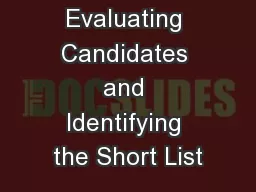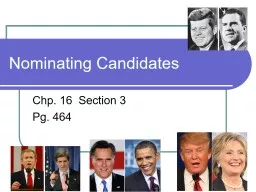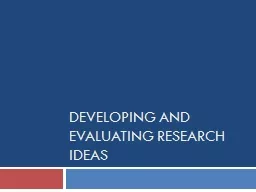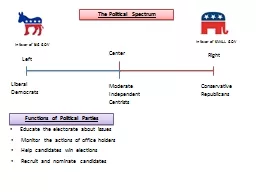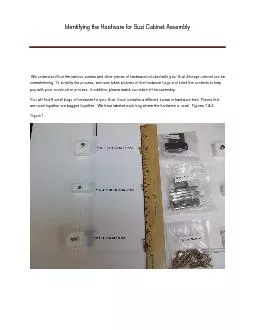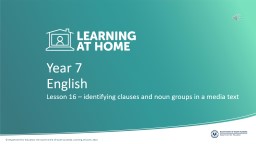PPT-Evaluating Candidates and Identifying the Short List
Author : myesha-ticknor | Published Date : 2017-08-21
Sherri Irvin Presidential Research Professor of Philosophy and WGS S creening systematic with clear criteria Template for each applicant with clearly defined criteria
Presentation Embed Code
Download Presentation
Download Presentation The PPT/PDF document "Evaluating Candidates and Identifying th..." is the property of its rightful owner. Permission is granted to download and print the materials on this website for personal, non-commercial use only, and to display it on your personal computer provided you do not modify the materials and that you retain all copyright notices contained in the materials. By downloading content from our website, you accept the terms of this agreement.
Evaluating Candidates and Identifying the Short List: Transcript
Download Rules Of Document
"Evaluating Candidates and Identifying the Short List"The content belongs to its owner. You may download and print it for personal use, without modification, and keep all copyright notices. By downloading, you agree to these terms.
Related Documents

